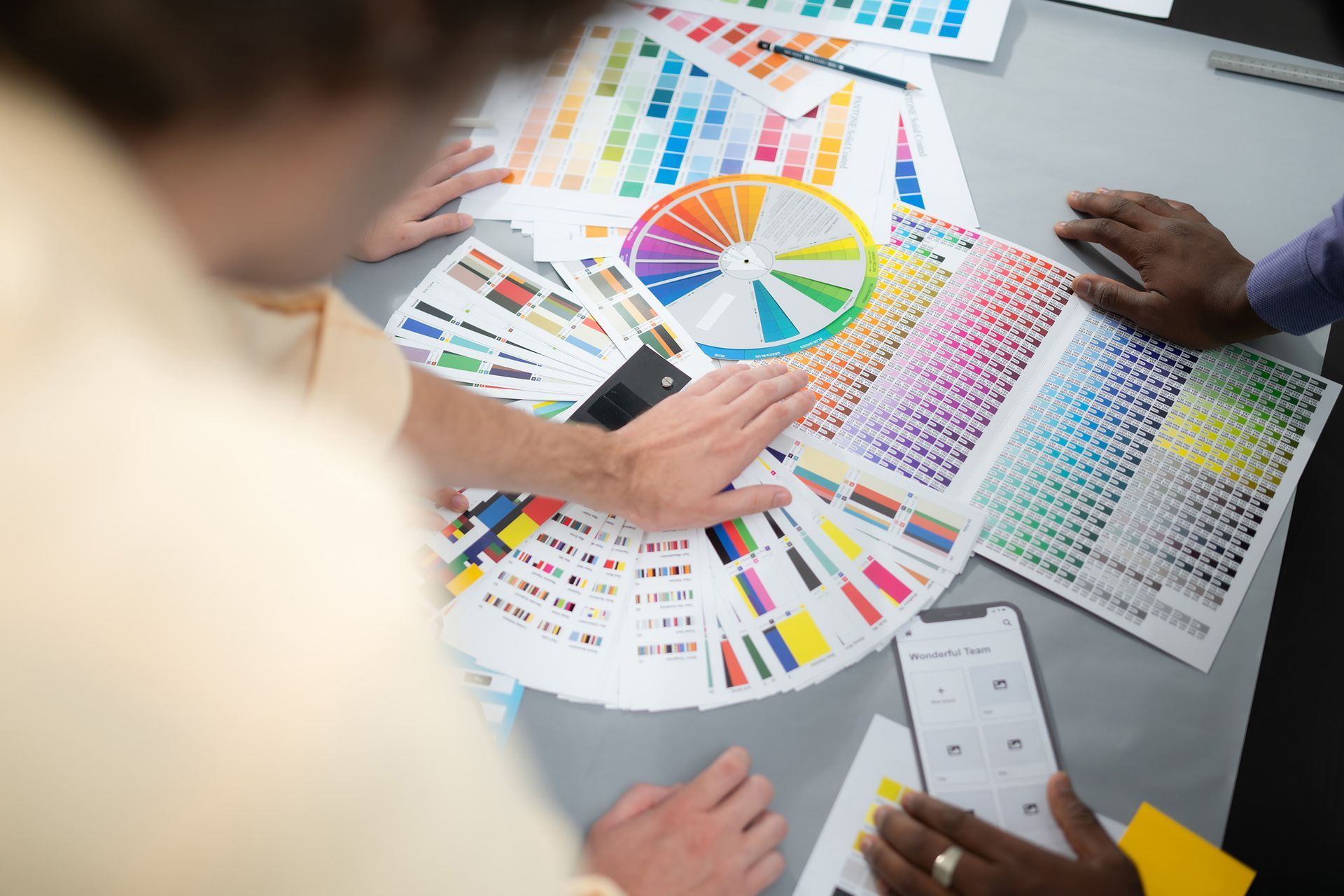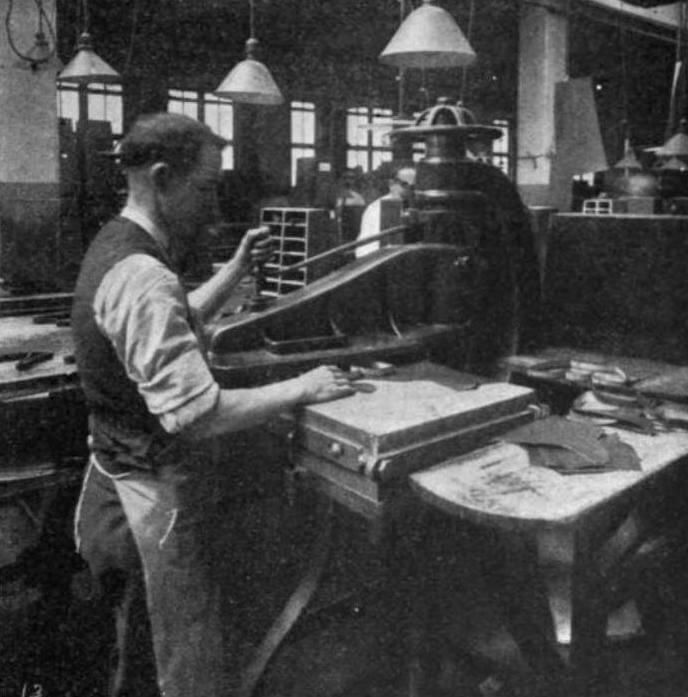The Power of Tactile Experiences: Education and Retail
Education and Retail - Textures make an impact

Education and Retail
In both educational and retail contexts, tactile experiences offer significant benefits that enhance engagement, retention, and emotional connection. Here's how the principles that make tactile learning effective in education can similarly benefit consumers in retail settings.
Engaging Multiple Senses: In education, tactile learning involves engaging multiple senses, which helps students better understand and retain information. Similarly, in retail, engaging multiple senses through tactile experiences can enhance the consumer's perception and memory of a product. For example, a laminated menu or a high-quality business card offers a tactile quality that makes the brand more memorable (Advancing Classroom Practice) (Study Right).
Emotional Connection:
Tactile learning creates a deeper emotional connection for students, making lessons more memorable. In retail, the tactile quality of a product or promotional item can evoke positive emotions and a sense of quality. For instance, a consumer might feel a stronger connection to a brand when they receive a beautifully laminated loyalty card, which feels more valuable and permanent than a digital alternative (Study Right) (Study Right).
Boosting Creativity and Engagement:
Tactile learning encourages creativity and active participation in students. Similarly, in retail, tactile elements can boost consumer engagement and creativity. Interactive point-of-sale displays, for instance, invite consumers to touch and explore, making the shopping experience more engaging and enjoyable (Study Right) (Smithsonian Science Education Center).
Practical Retail Applications
Product Packaging:
High-quality laminated packaging can make products more appealing and durable, enhancing the unboxing experience and leaving a lasting impression on the consumer.
Marketing Materials:
Laminated brochures, flyers, and posters are not only more durable but also more attractive, encouraging consumers to pick them up and engage with the information.
Point-of-Sale Displays:
Laminated point-of-sale displays can attract more attention and withstand wear and tear, making them a cost-effective investment for long-term use.
Customer Loyalty Programs:
Laminated loyalty cards are perceived as higher value, encouraging consumers to keep and use them, which can lead to increased customer loyalty and repeat business.
Event Materials:
For events such as trade shows or in-store promotions, laminated banners and signs create a professional appearance and can withstand the rigors of transportation and setup.
Conclusion
The tactile element in lamination and print finishing is crucial in both educational and retail contexts. By engaging multiple senses, creating emotional connections, and enhancing engagement, tactile experiences can make a significant impact. For retailers, investing in high-quality lamination and print finishing services not only enhances the perceived value of their products but also creates memorable and engaging consumer interactions. This approach ensures that print finishing remains relevant and essential, even in a technology-driven world.















